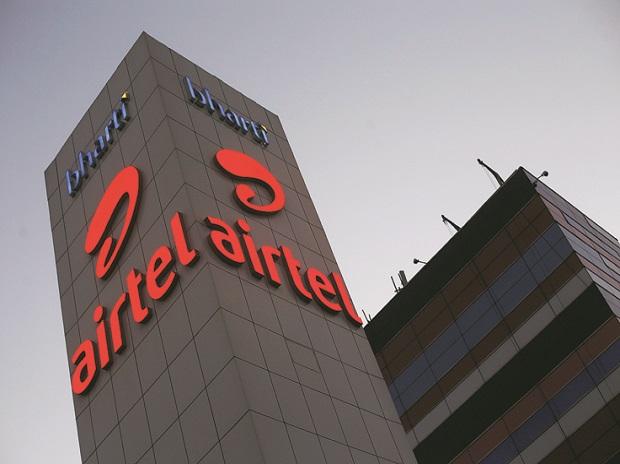Redbox kiosk inside a McDonalds. (Photo by George Frey/Getty Images)
Getty Images
After posting adjusted EBITDA (Earnings Before Interest, Taxes, Depreciation & Amortization) of -$15 million in 2021, down from $114 million in 2020 and the outlook for 2022 not looking positive, Redbox is being sold for a song to Chicken Soup for the Soul, the owner of Crackle in a $375 million deal.
Management made an unsuccessful attempt to switch from renting DVDs via kiosks to delivering up on-demand content. Now, the struggling company is selling out in an all-stock transaction to a company who has successfully cracked the code of launching online video services.
It’s been a long journey for Redbox Automatic Retailer, LLC, which was founded in 2002 by McDonalds. They sold 47% of the company to Coinstar for $32 million in 2005, which later raised its stake to 56% via the exercise of options. Then, in 2009, Coinstar parent-company Outerwall bought the remaining 44% stake from McDonalds for $167 million.
It was taken private by Apollo Global Management
APO
in 2016 when Apollo agreed to pay $1.6 billion for Outerwall or $52/share, a 51% premium over where the stock was trading prior to the M&A announcement. Apollo is still a shareholder in Redbox.
Early on, the company was capitalizing on the DVD boom by becoming a cheap and convenient alternative to DVD rental stores by installing Kiosks (it now has about 38,000) in retail stores and renting DVDs out at a low-price point. This was considered a win-win by many retailers, as it brought movie-seeking customers into grocery stores and other retail outlets.
However, as DVD sales and rentals plummeted, the company struggled to reinvent itself as a VO
VO
D platform. It now has 40 million customers in its loyalty program. These are a mix of customers of Redbox Kiosk, those watching its Free Live TV platform which carries 130 digital channels, TVOD (Transactional video-on-demand, basically pay-per-view (PPV) over the Internet) and PVOD ((Premium video-on-demand) which is similar to TVOD but in an earlier window after theatrical release).
Despite all of this expansion into new forms of viewing movies and TV shows online, it reported a loss in 2021 of $141 million on $289 million in revenue, which fell almost in half from $546 million in 2020.
Flash forward to 2022, and Redbox went public again last October via a merger with a special purpose acquisition vehicle (SPAC) called Seaport Global at a valuation of almost $700 million.
It is now being acquired by Chicken Soup for the Soul in a deal where shareholders will do a stock-swap into the publicly traded company at a ratio of .078 CSSE shares per 1 RDBX share, valuing the equity at about $50 million, with Chicken Soup also assuming about $325 million in debt.
Redbox shareholders will only own 23.5% of the combined company after the merger closes. CSSE said it expected the acquisition to be accretive next year, with $40 million in cost synergies and expects to end the year with a run-rate of more than $500 million in revenue and $100-$150 million in adjusted EBITDA.
Shareholders weren’t buying it as a positive move, however, with CSSE falling 10.9% from $7.92 to $7.14 on 5/11 and RDBX shares falling 34.7% from 5.60 to $3.66 the same day.
The merger is an Advertising video-on-demand (AVOD) play, with management at Chicken Soup for the Soul saying the combined companies will have one of the largest independent ad-supported VOD platforms. “Today marks a transformative moment for Chicken Soup for the Soul Entertainment and an inflection point for the ad-supported streaming industry,” Chicken Soup for the Soul Entertainment chairman and CEO William J. Rouhana Jr. said in a press release. “Our acquisition of Redbox will accelerate the scaling of our business as it combines complementary teams and services to create the streaming industry’s premier independent AVOD,” he said.
The merger agreement brings a sad ending to what was once thought to be a high-growth VOD provider targeting low-income customers with VOD (it’s fastest growing partner to put kiosks in has been Dollar Stores).
At the Redbox Investor meeting last year, management appeared fairly bullish on the future.
It was kicked off by Galen Smith, who has been the CEO since 2016 when Apollo Global Management took it private. Before that he was at Outerwall, which owned Redbox, for a number of years in a variety of positions.
At the time, the company was just in the process of merging with SPAC Seaport Global at a valuation of $693 million, at the time viewed as a low 3.6x multiple of projected 2022 adjusted EBITDA of $193 million, which, in hindsight, is likely to turn out to be extremely optimistic. Actual EBITDA came in at -$15 million in 2021 and the outlook for 2022 is not positive.
The projections were based on converting its 39 million loyalty club members into VOD users, and Galen Smith said the digital transformation was already under way and the kiosk business would continue to grow.
Jason Kwong, Chief Strategy and Digital Officer chimed in with, “So, as Galen’s already referenced, our strategy is not just a plan for a digital future. This is something we’re already executing on today. The TVOD service or Redbox On Demand, we launched a little over three years ago at the end of 2017. We’re seeing that business grow nicely. We launched a Free Live TV, the FAST channel service, in February of last year. The free on demand – the ad supported on demand component – we launched in December of last year. And then the premium SVOD channels, giving customers the options to subscribe to premium third-party channels, that’s coming in Q2 of next year.”
As far as VOD goes, Kwong said, “We have an 86% customer satisfaction score on transactional video on demand, and a 90% repeat usage score. Again, they’re going to come back. On the ad supported side, which launched last year as a minimum viable product, 84% customer satisfaction score with 89% repeat usage score, indicating that they will return to use the product again.”
He also noted that competing SVOD services have a cost-per-acquisition (CPA) of $100-$200 per customer while at Redbox it only costs them $8 to acquire a customer. Despite these bullish metrics, at the end of the day the company was just unable to offset the rapidly declining kiosk revenue by new revenue streams. This is something that newspapers, magazines and other traditional media businesses have struggled with for more than a decade.
Chicken Soup for the Soul Entertainment (AP Photo/Richard Drew)
ASSOCIATED PRESS
.


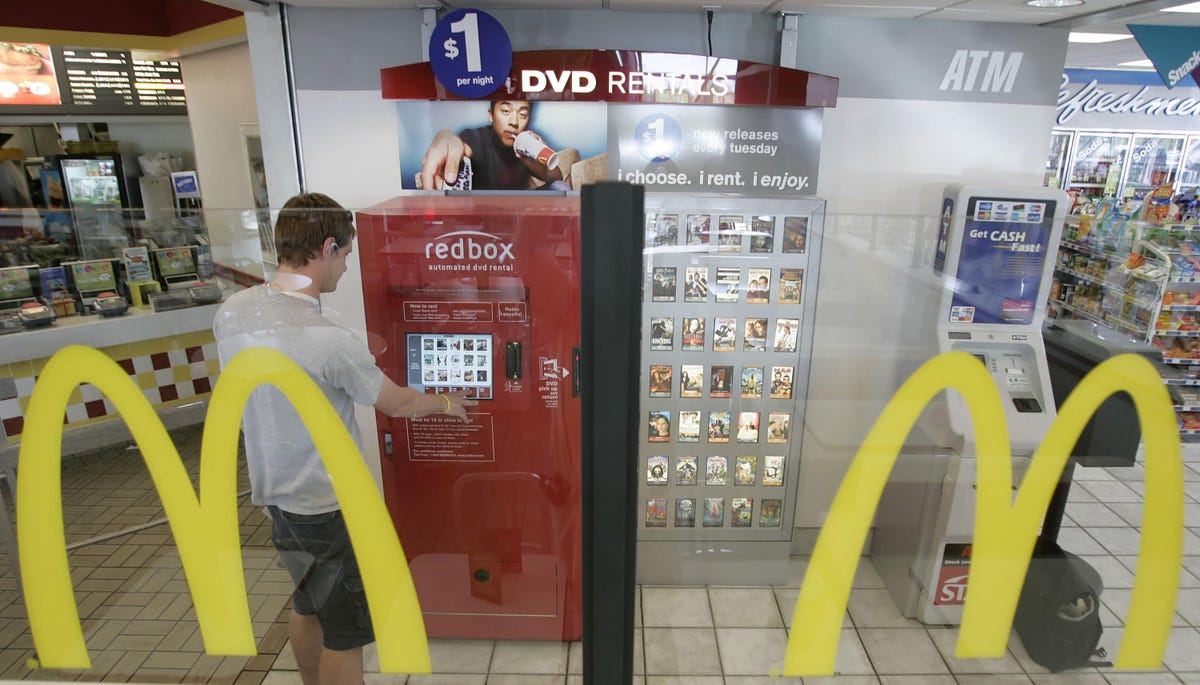


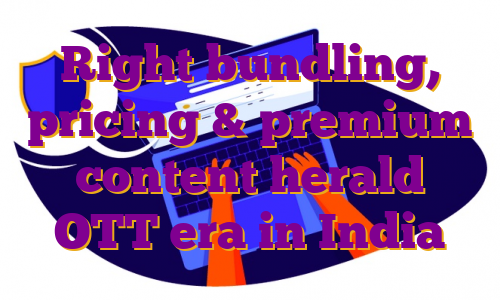
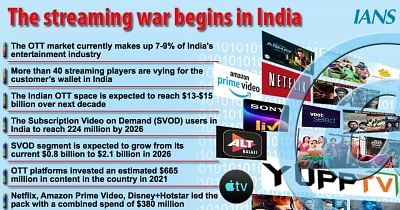
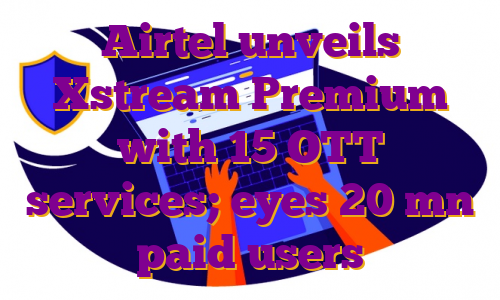
 Dear Reader,
Dear Reader,